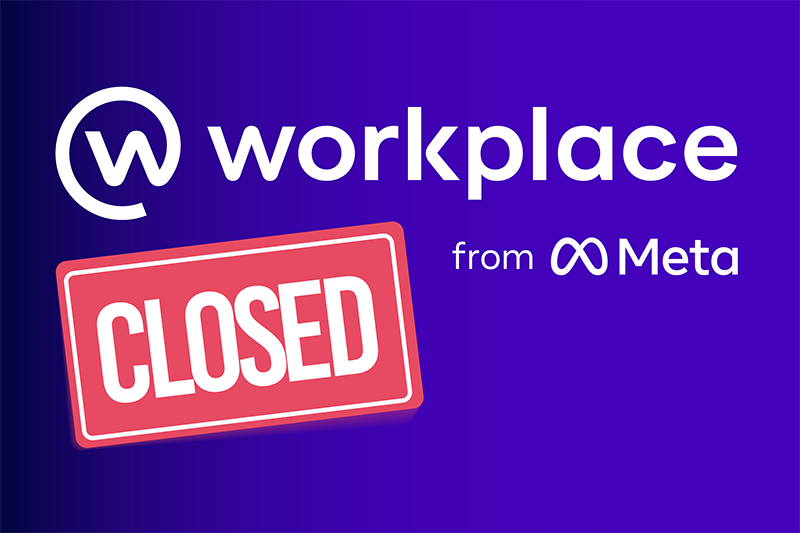- Veronika Mazour
- May 19, 2016
5 ways an Intranet solution improves productivity in the workplace

Content
1. Decrease email overload
2. Speed up internal information search
3. Facilitate administrative processes
4. Reduce meeting time
5. Efficient teamwork
A complex RFP would require less response time from contributors
Crowdsourcing ideas would accelerate innovation
A tricky support question could be treated in less time and with a better quality response
Company Intranet ROI through productivity gains

To estimate email management time, dig out email volume statistics from the IT team. Then run some time estimation calculations.
To estimate information search time, find a couple of examples of what it takes to find a particular piece of information in real life and extrapolate.
Take a couple of administrative processes and map out how much time they take.
Use a couple of cross-departments collaboration use cases (RFP response, new product launch) and estimate what they required in terms of meetings, travel, and email exchanges.
Make assumptions about what could be improved through new Intranet use, using a low and a high estimate.
company intranet
FAQs
What is an intranet?
intranet is a term used with abundance whenever the subject of internal communication and collaboration is brought up which makes defining it a bit challenging. In its simplest form, an intranet is an internal website for your organization. It is used mainly for top-down communication where employees can access corporate news, policies and announcements.
What are the different types of intranet solutions?
To gather a thorough understanding of intranets and their different types, let’s walk through its history from the early days up to now:
- Intranet Portals
- Enterprise Social Netwrok (ESN)
- Intranet 2.0
What is the difference between intranets and extranets?
The main difference between intranets and extranets lays in the target audience. Intranets typically target users from a specific organization whereas extranets is the hub that can group users from multiple external organizations ranging from partners and suppliers all the way to clients
➝ Discover the real difference between intranet and extranet
What are the benefits of intranet solutions?
Different types of Intranet solutions from the early days up to the intranet 2.0 (commonly referred to as digital workplace solutions) bring a host of benefits to businesses of all sizes and industries. Below is a list of benefits often associated with intranets:
- Streamline internal communications
- Connect employees and eliminate silos
- Foster collaboration
- Improve knowledge sharing
- Recognize and reward employees
What are the different strategies for a successful intranet adoption?
Here are three different strategies for a successful intranet adoption:
- User focus strategy
- Global community management strategy
- Private communities focus strategy
- Tags: Digital workplace, intranet, workplace
Related posts
- All
- eXo
- Digital workplace
- Employee engagement
- Open source
- Future of work
- Internal communication
- Collaboration
- News
- intranet
- workplace
- Knowledge management
- Employee experience
- Employee productivity
- onboarding
- Employee recognition
- Change management
- Cartoon
- Digital transformation
- Infographic
- Remote work
- Industry trends
- Product News
- Thought leadership
- Tips & Tricks
- Tutorial
- Uncategorized
Leave a Reply
( Your e-mail address will not be published)



Very Effective and informative post. According to McKinsey estimation, #Enterprise #Messaging Solution has already raised the productivity by 20-25% just improving time management, user convenience, and security!
Thank you agaian…:)
Insightful article! The intranet is expected to do wonders in the company most especially with regard to communication and productivity. Aside from those that you have mentioned above, it would be important as well that the intranet is able to provide information needed by the employees to complete their task and help them increase their productivity.
The productivity in the workspace increases when intranet solutions comes into existence.